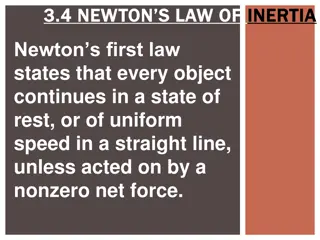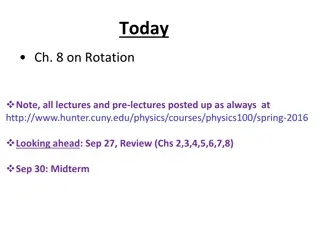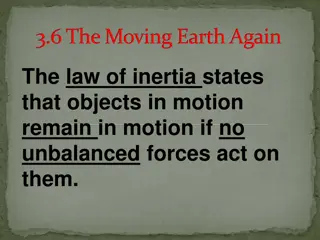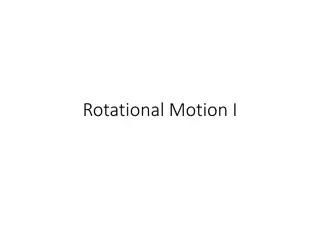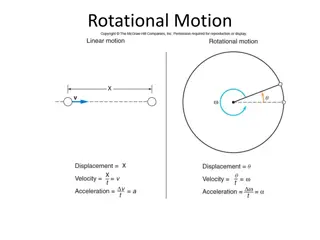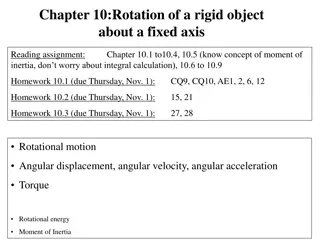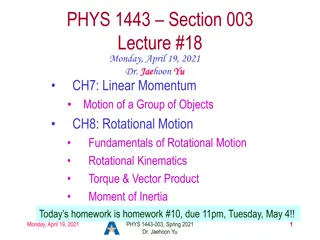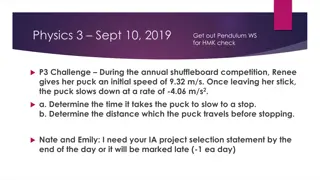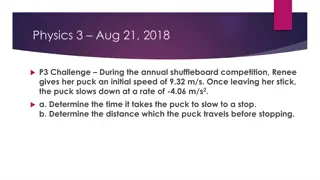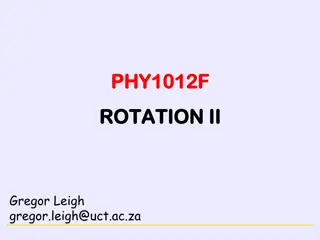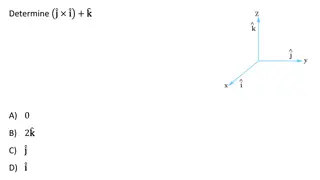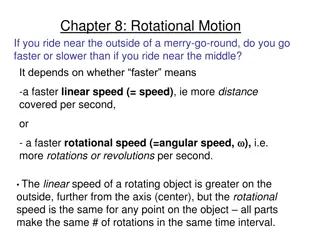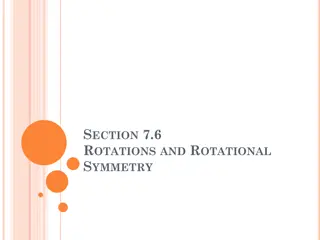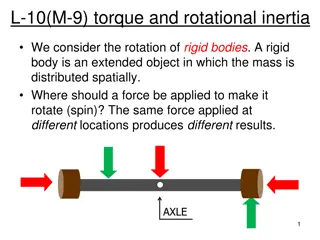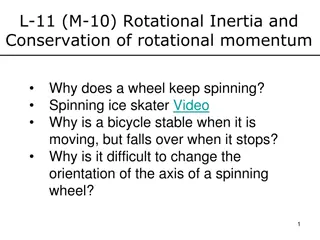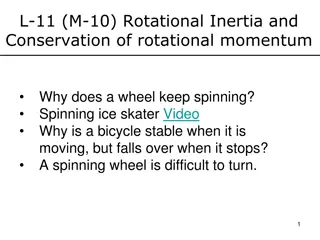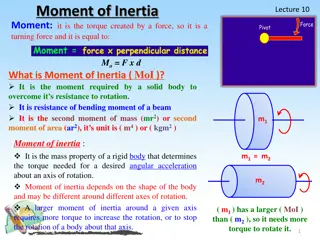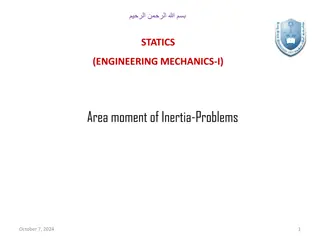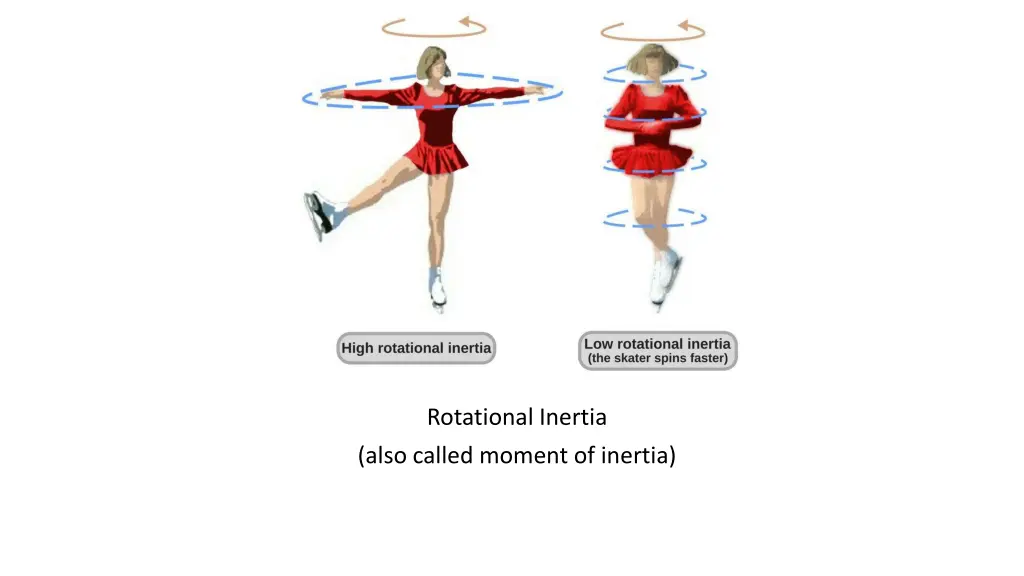
Understanding Rotational Inertia and Its Mathematical Relationship
Learn about rotational inertia, also known as moment of inertia, and its significance in physics. Explore the mathematical relationship between a particle's rotational inertia, its mass, and distance from the axis of rotation. Conduct experiments, analyze data, and understand the principles governing rotational motion.
Download Presentation

Please find below an Image/Link to download the presentation.
The content on the website is provided AS IS for your information and personal use only. It may not be sold, licensed, or shared on other websites without obtaining consent from the author. If you encounter any issues during the download, it is possible that the publisher has removed the file from their server.
You are allowed to download the files provided on this website for personal or commercial use, subject to the condition that they are used lawfully. All files are the property of their respective owners.
The content on the website is provided AS IS for your information and personal use only. It may not be sold, licensed, or shared on other websites without obtaining consent from the author.
E N D
Presentation Transcript
Rotational Inertia (also called moment of inertia)
Rotational Inertia (moment of inertia) is An object s resistance to angular acceleration Dependent on the amount of matter and location of the matter A scalar measurement Measured in
What is the mathematical relationship between a particle s rotational inertia and its mass (kg) ** its distance from the axis of rotation (m) You will collect data on a simulation, then manually graph data, straighten the graph, if needed, and determine the equations relating I to m and I to r. ** If you are thoughtful, there is a way to have a fifth trial
What is the mathematical relationship between a particle s rotational inertia and its mass (kg) ** its distance from the axis of rotation (m) Rotational inertia of a particle is directly proportional to mass. If the mass is doubled, the rotational inertia is doubled, as long as the location of the mass remains constant. Rotational inertia of a particle is proportional to the particles distance from the axis of rotation squared. If this distance is doubled, the particle s rotational inertia is quadrupled. The rotational inertia of a system of particles can be determined by adding the rotational inertia of each of the particles.
I = I = miri2 =m1r12 + m2r22 + m3r32 + + mnrn2 (for particles) I = r2dm (for solids you will not be tested on using this) I = look it up on p 274 for commonly rotated solids Ip= Io+ Mh2where p is a point thru the axis of rotation that is parallel to the axis that passes through o which is a place around which you know the rotational inertia (like by looking it up in the table on p 274), h is the distance from axis thru p to axis thru o and M is the total mass.
Lab: Experimental Determination of Rotational Inertia Without disassembling the apparatus, determine the rotational inertia of the plexiglass flywheel, metal axle, and two small wooden cylinders (together). Report: Word problem giving all measurements needed. Solution to word problem using torque and angular acceleration (among other things ) Solution to word problem using mechanical energy conservation (among other things )


